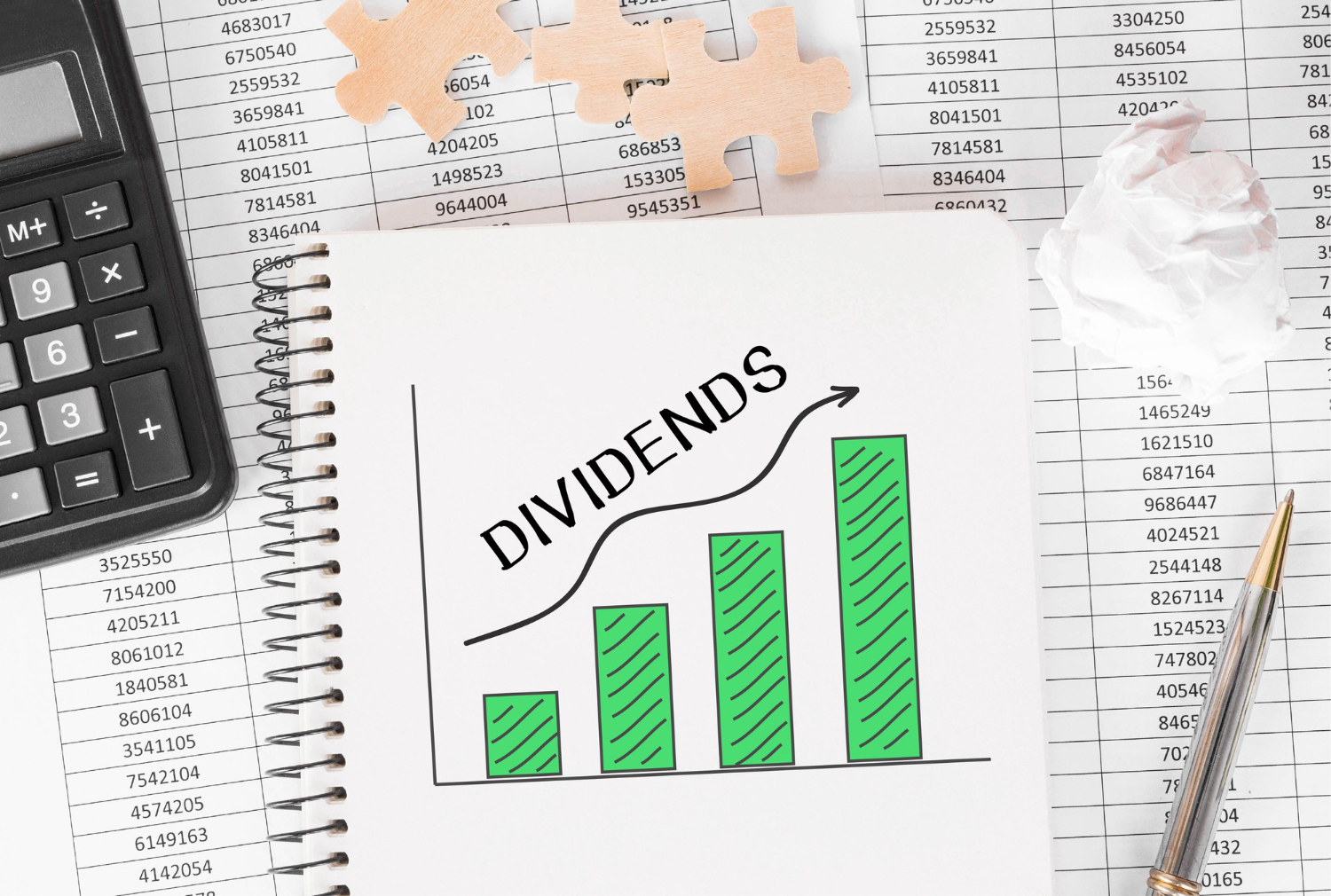
Dividend investing is a popular strategy among investors who want to generate passive income and grow their portfolios over time. By building a dividend portfolio, investors can receive regular payments from the companies they invest in, while also benefiting from potential long-term growth.
However, building a dividend portfolio requires careful planning and consideration. Here are some tips on how to build a dividend portfolio that grows with you.
-
Determine Your Investment Goals
Before building a dividend portfolio, it’s important to determine your investment goals. Ask yourself why you want to invest in dividend stocks and what you hope to achieve. Are you looking for passive income? Long-term growth? A combination of both? By determining your investment goals, you can create a strategy that aligns with your financial objectives.
-
Identify High-Quality Dividend Stocks
Once you have determined your investment goals, it’s time to identify high-quality dividend stocks. Look for companies that have a history of paying dividends consistently and increasing their payouts over time. These companies are typically stable, profitable, and have a strong track record of growth.
Some examples of high-quality dividend stocks include Johnson & Johnson (JNJ), Procter & Gamble (PG), and Coca-Cola (KO). These companies have a long history of paying consistent dividends and increasing their payouts over time.
-
Diversify Your Portfolio
Diversification is key when building a dividend portfolio. By investing in a variety of companies across different industries, you can spread your risk and reduce the impact of any single company’s performance on your portfolio.
It’s important to diversify not only across industries but also across dividend yield ranges. While high-yield stocks may offer attractive dividend payouts, they can also be more volatile and carry more risk. On the other hand, low-yield stocks may be more stable but offer lower dividend payouts. By diversifying across a range of dividend yields, you can balance your portfolio and mitigate risk.
-
Reinvest Your Dividends
One of the benefits of investing in dividend stocks is the ability to reinvest your dividends. By reinvesting your dividends back into your portfolio, you can take advantage of compounding returns and potentially grow your portfolio at a faster rate.
Many brokerage accounts offer automatic dividend reinvestment plans (DRIPs), which allow you to automatically reinvest your dividends back into the companies you own. This can be a convenient and effective way to build wealth over time.
-
Monitor Your Portfolio
Building a dividend portfolio is not a set-it-and-forget-it strategy. It’s important to monitor your portfolio regularly and make adjustments as needed. This includes reviewing the performance of your holdings, assessing your diversification, and rebalancing your portfolio as necessary.
It’s also important to keep an eye on the companies you invest in and their dividend policies. Some companies may cut or suspend their dividends, which can negatively impact your portfolio. By staying informed and monitoring your holdings, you can make informed decisions about your investments and potentially avoid any negative impacts.
-
Stay Patient and Focused on the Long-Term
Finally, it’s important to stay patient and focused on the long-term when building a dividend portfolio. Dividend investing is a long-term strategy that requires time and patience to see the benefits. It’s important to resist the temptation to make frequent changes to your portfolio or chase short-term gains.
By staying focused on your investment goals and sticking to your strategy, you can build a dividend portfolio that grows with you over time.
In conclusion, building a dividend portfolio requires careful planning, diversification, and monitoring. By identifying high-quality dividend stocks, diversifying your portfolio, reinvesting your dividends, monitoring your holdings, and staying patient and focused on the long-term, you can build a portfolio that generates passive income and grows over time.

